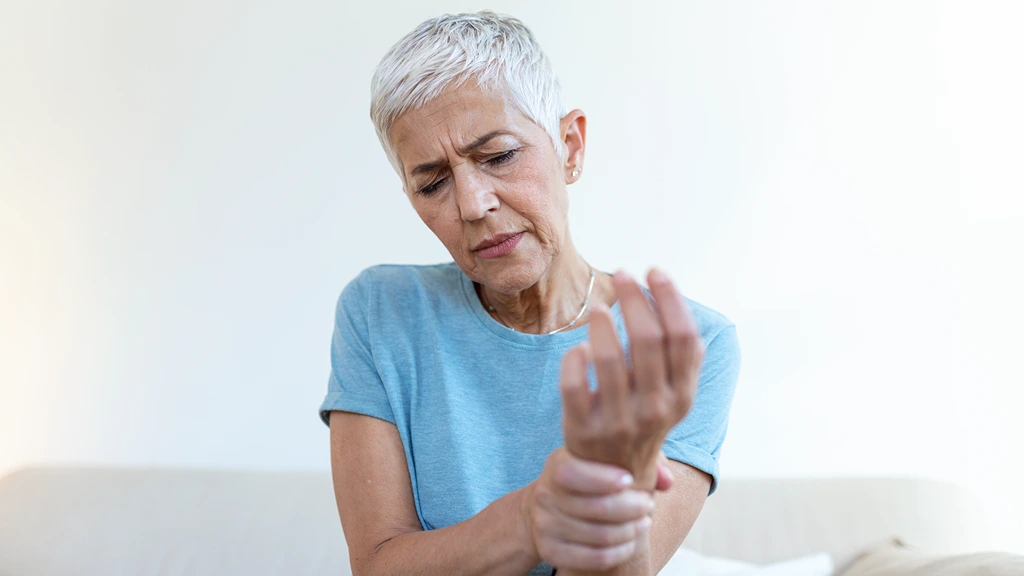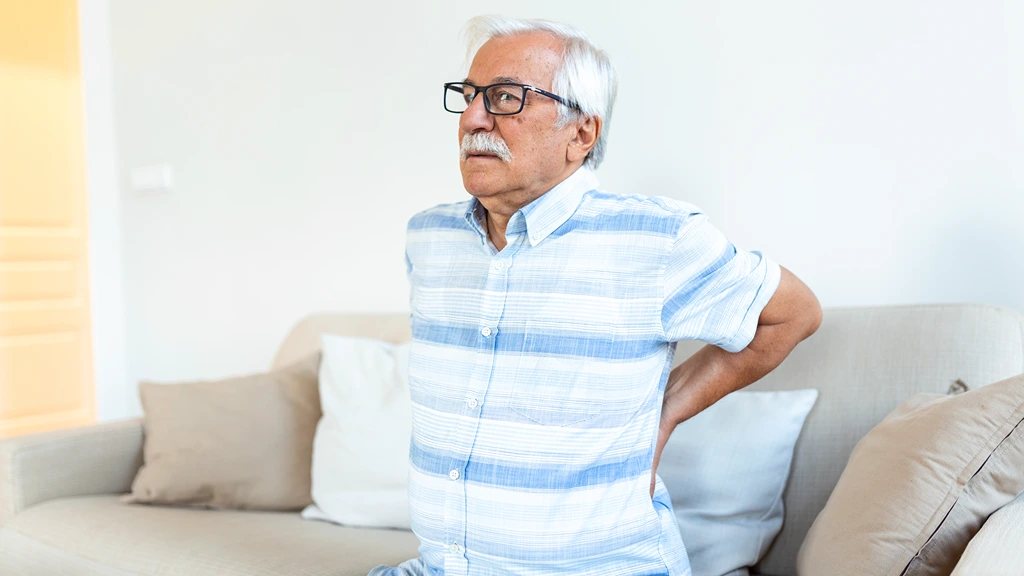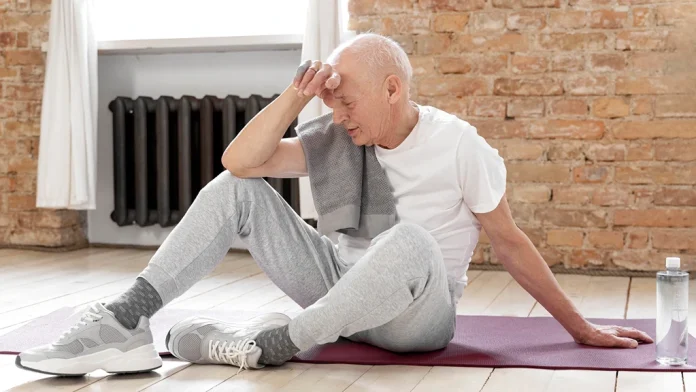Feeling fatigued as you age can be a common challenge, impacting ones’ motivation to engage in regular physical activity. However, incorporating the right workout routine tailored to the needs of individuals over 50 can make a significant difference.
Experiencing fatigue is influenced by diverse factors. Recognizing specific indicators, such as an elevated heart rate or difficulty breathing, serves as a signal to forgo a workout and prioritize rest. In the absence of these warning signs, opting for a mild exercise routine may still be a safe and beneficial choice, even when faced with feelings of fatigue.
Before we explore the best exercises and strategies to boost energy levels and promote overall well-being for people over 50, here are the reasons they feel fatigue and reluctant to workout:
Reasons for Feeling Fatigue to Exercise Over 50 Years
Several factors can contribute to fatigue or reluctance to work out in individuals over the age of 50. It’s important to recognize and address these factors to promote a healthy and sustainable approach to exercise. Here are some common reasons:
Physical Health Issues

Chronic health conditions such as arthritis, osteoporosis, or cardiovascular problems can make exercise challenging. It’s important to choose activities that are suitable for individual health conditions.
Joint Pain and Stiffness

Aging can be associated with joint pain and stiffness, making certain exercises uncomfortable. Low-impact activities like swimming or cycling may be more suitable for those with joint issues.
Fear of Injury
 Concerns about the risk of injury, especially if there have been previous injuries or surgeries, can discourage individuals from engaging in physical activity. Consulting with a healthcare professional or a qualified fitness trainer can help develop safe exercise plans.
Concerns about the risk of injury, especially if there have been previous injuries or surgeries, can discourage individuals from engaging in physical activity. Consulting with a healthcare professional or a qualified fitness trainer can help develop safe exercise plans.
Lack of Motivation

Changes in lifestyle, retirement, or an empty nest can sometimes lead to a lack of motivation to exercise. Finding enjoyable activities and setting realistic goals can help boost motivation.
Energy Levels
 Decreased energy levels, whether due to medical conditions, poor sleep, or other factors, can make exercise seem daunting. Starting with light or moderate-intensity activities and gradually increasing intensity can help improve energy levels over time.
Decreased energy levels, whether due to medical conditions, poor sleep, or other factors, can make exercise seem daunting. Starting with light or moderate-intensity activities and gradually increasing intensity can help improve energy levels over time.
Body Image Concerns
 Changes in body composition and appearance with age may impact self-esteem and body image. Encouraging a positive body image and focusing on the health benefits of exercise rather than appearance can be helpful.
Changes in body composition and appearance with age may impact self-esteem and body image. Encouraging a positive body image and focusing on the health benefits of exercise rather than appearance can be helpful.
Hormonal Changes
 Hormonal changes, especially in women during menopause, can affect energy levels and motivation to exercise. Adapting workouts to accommodate these changes and incorporating stress-reducing activities like yoga can be beneficial.
Hormonal changes, especially in women during menopause, can affect energy levels and motivation to exercise. Adapting workouts to accommodate these changes and incorporating stress-reducing activities like yoga can be beneficial.
The Ideal Workouts for the Over 50s
Engaging in effective low-intensity workouts can be beneficial, especially when you’re feeling fatigued or want a gentler approach to fitness. Here are some effective low-intensity workout options to consider:
1. Walking
A simple yet highly effective low-impact exercise. You can adjust the pace to suit your comfort level and gradually increase duration.
2. Cycling
Casual cycling, whether outdoors or on a stationary bike, is easy on the joints and provides a good cardiovascular workout.
3. Swimming or Water Aerobics:
Water-based exercises are gentle on the joints and offer resistance, making them effective for strength and cardiovascular training.
4. Elliptical Training
Using an elliptical machine provides a low-impact alternative to jogging or running, engaging both the upper and lower body.
5. Light Jogging or Slow Running
If you enjoy running, maintaining a slow and steady pace reduces the impact on joints while providing cardiovascular benefits.
6. Yoga
A low-intensity exercise that focuses on flexibility, balance, and relaxation. It can be adapted to various fitness levels.
7. Tai Chi
An ancient Chinese martial art that combines slow, controlled movements with deep breathing, promoting balance, flexibility, and relaxation.
8. Pilates
A low-impact exercise that emphasizes core strength, flexibility, and overall muscle toning.
9. Resistance Training with Light Weights
Incorporating resistance training using light weights can help maintain muscle tone without putting excessive strain on joints.
10. Steady Rowing
Rowing is a full-body workout that can be done at a steady pace, providing cardiovascular benefits without high impact.
11. Gentle Stretching
Incorporate static stretches to improve flexibility and reduce muscle tension. Stretching can be done as a standalone activity or as part of a warm-up or cool-down routine.
Incorporating these options into individuals’ routine can provide the physical activity they need, even when fatigue is present. Prioritizing low-intensity exercises ensures a gentle approach to staying active, contributing to overall well-being and vitality.






